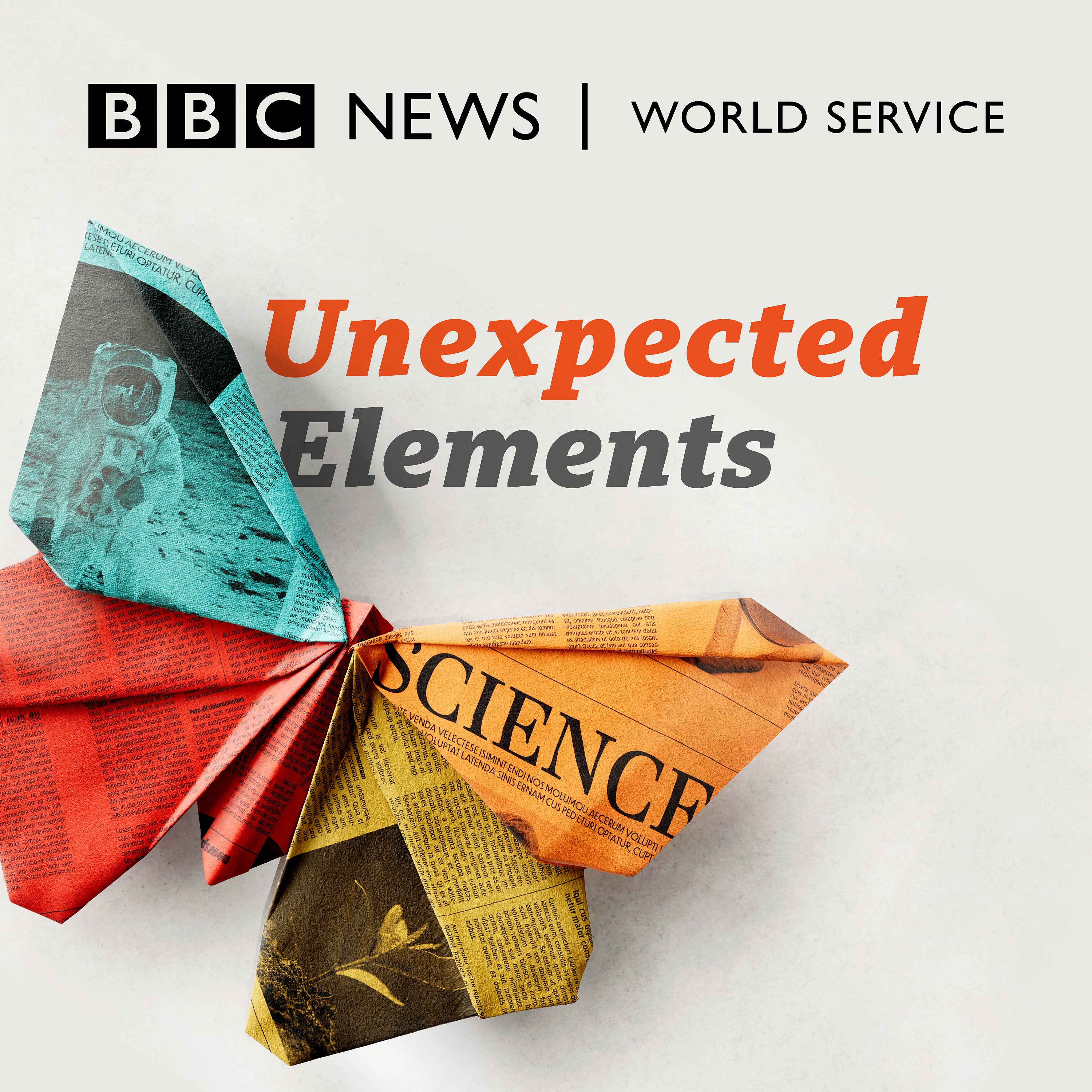The James Webb Space Telescope - the first 6 months
Description
NASA's James Webb Space Telescope has produced amazing images in its first 5 months, but amazing science as well. Roland hears from one of the leading astronomers on the JWST programme, Dr Heidi Hammel, as well as other experts on what they are already learning about the first galaxies in the Universe, the birth places of stars, the strange behaviour of some other stars, and the first view of Neptune's rings in over 30 years.
Over the past 12 months, CrowdScience has travelled the world, from arctic glacierscapes to equatorial deserts, to answer listeners’ science queries. Sometimes, the team come across tales that don’t quite fit with the quest in hand, but still draw a laugh, or a gasp. In this show, Marnie Chesterton revisits those stories, with members of the CrowdScience crew.
Alex the Parrot was a smart bird, with an impressive vocabulary and the ability to count and do basic maths. He was also intimidating and mean to a younger parrot, Griffin, who didn’t have the same grasp of the English language. Scientist Irene Pepperberg shares the consequence of this work-place bullying.
Take a tour of the disaster room at ICPAC, the IGAD Climate Prediction and Applications Centre (ICPAC) based in Nairobi, Kenya. It’s a new building where scientists keep watch for weird new weather and passes that information to 11 East African countries. Viola Otieno is an Earth Observation (EO) Expert and she explained how they track everything from cyclones to clouds of desert locust.
Malcolm MacCallum is curator of the Anatomical Museum at Edinburgh University in Scotland, which holds a collection of death masks and skull casts used by the Edinburgh Phrenological Society. Phrenology was a pseudoscience, popular in the 1820s, where individuals attempted to elucidate peoples’ proclivities and personalities by the shape of their heads. We see what the phrenologists had to say about Sir Isaac Newton and the “worst pirate” John Tardy.
While recording on Greenland’s icesheet, the CrowdScience team were told by Professor Jason Box about “party ice.” 40,000 year old glacial ice is a superior garnish for your cocktail than normal freezer ice, apparently. This starts a quest for the perfect Arctic cocktail.
Image: An image from the James Webb Space Telescope (Credit: Nasa via PA)
More Episodes
These days, over a trillion semiconductor microchips are made and shipped each year. The industry is worth eye-watering amounts, and since the 2020-2023 global shortage, nearly all governments are trying to get a slice of the industrial wafer.
But what was it like just 40 years ago trying to get...
Published 04/19/24
Published 04/12/24
Beyonce's new album tops the charts with a reappraisal of who can do country music and the Unexpected Elements team has a hoedown. Panellist Christine Yohannes unearths new research that changes our understanding of the origins of cowboys. Chhavi Sachdev has a thing or two to teach Beyonce as she...
Published 04/12/24


